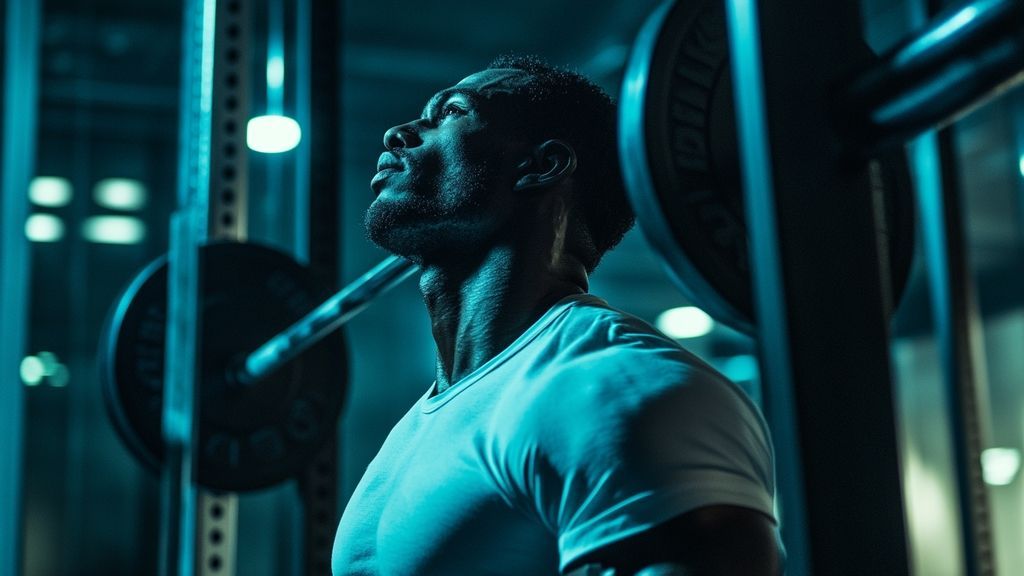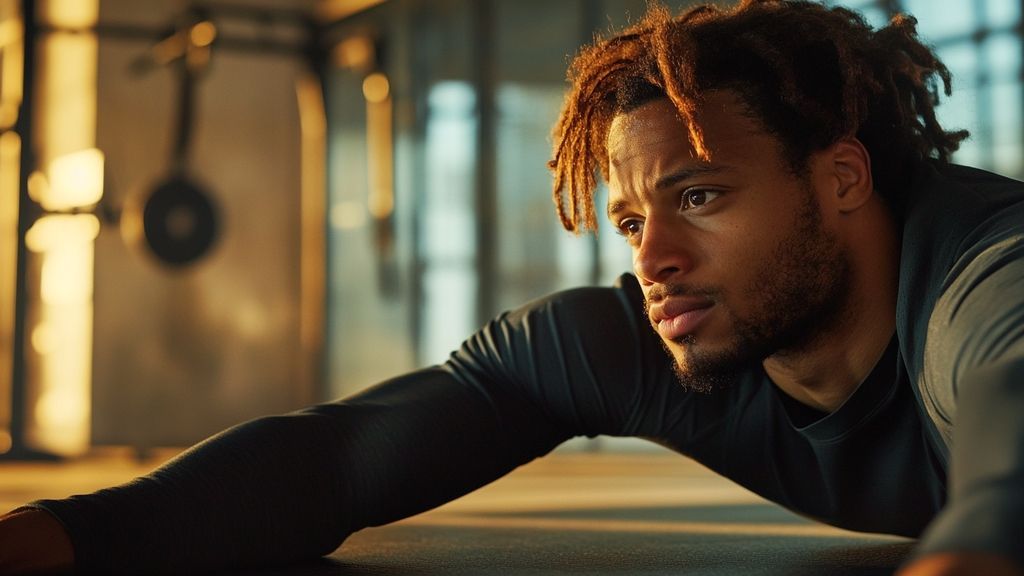CrossFit combines a variety of physical activities into a single training regimen, challenging athletes of all levels. However, not all movements are created equal. Some require extraordinary strength, coordination, and endurance, setting them apart as particularly daunting challenges. Understanding these movements is crucial for any athlete seeking to push their limits and improve their performance. Moreover, recognizing the hardest movements not only informs training priorities but also fosters a supportive community among athletes who strive to master their craft.
A Deep Dive into Challenging CrossFit Exercises
Exploring the hardest exercises in CrossFit reveals unique attributes that make each one a formidable challenge. For instance, movements like the muscle-up or the handstand push-up demand not only strength but also exceptional body control and coordination. Some of these exercises are integral to competitive CrossFit and are even featured in the CrossFit Games, underscoring their significance and the skills required to perform them correctly.
Understanding Muscle-Ups
The muscle-up is a pinnacle of CrossFit skill, combining a pull-up with a dip in one fluid motion. This movement challenges your upper body strength, core stability, and overall coordination. Successfully executing a muscle-up can take countless hours of practice, which often involves developing strength beyond the capability of a standard pull-up. For beginners, targeting pull-ups is essential to build the necessary strength for this movement.
The Challenge of Handstand Push-Ups
Handstand push-ups are another formidable exercise, requiring not just strength but also balance and courage. Practicing this movement involves working on core strength and shoulder stability. Athletes often begin with pike push-ups or wall walks before attempting the full handstand push-up, making it a journey that encompasses various foundational exercises.
Exploring the Role of Technique in Tough Movements

Mastering challenging movements often comes down to effective technique rather than brute strength alone. For example, the clean and jerk is a fundamental Olympic lift used in CrossFit. This complex movement involves lifting a barbell from the ground to shoulder height and then overhead in a single, fluid motion. Proper form minimizes injury risk while enhancing efficiency, a crucial factor for performance under fatigue during high-intensity workouts.
Weightlifting: The Clean and Jerk
Efficient execution of the clean and jerk requires dedication and understanding of the biomechanics involved. Athletes must engage their lower body to generate power, transition smoothly to the overhead lift while ensuring their body remains aligned. Strength training exercises contribute to improved lifting capacity, allowing athletes to tackle heavier loads.
Navigating the Overhead Squat
The overhead squat presents unique challenges, as it requires total body strength, flexibility, and balance. Athletes must stabilize the bar overhead while squatting deeply, which can be a test of mobility and coordination. Regular practice of mobility drills can significantly improve performance in this demanding exercise. Incorporating flexibility training in your regimen is essential for overcoming these barriers.
Hardest Bodyweight Exercises in CrossFit
Bodyweight exercises can be deceptively challenging, especially when variations like pistol squats are introduced. Pistol squats require a combination of strength, balance, and flexibility that can easily frustrate even seasoned athletes. The progression toward mastering this exercise often necessitates significant practice and core strength improvement.
The Difficult Pistol Squat
The pistol squat is a single-leg squat that requires incredible ankle and hip mobility, making it a challenging movement for many athletes. Practicing with assisted variations can help develop the necessary strength and balance before attempting the full exercise. Progressing toward this can also include working on squats and lunges, contributing to improved overall lower body strength.
Conquering the Ring Muscle-Up
As we return to exercises involving gymnastic rings, the ring muscle-up commands a high level of strength and technique. This challenging movement requires both a strong pull-up and an effective dip to transition smoothly from the hang position to a stable support position on the rings. Muscular endurance and refined technique are essential for mastering this exercise.
Strategies for Overcoming Difficult Movements

Facing the toughest movements involves strategic planning and a thoughtful approach to training. Athletes are encouraged to break down movements into simpler components, gradually integrating them into their overall fitness regimen. Setting specific, achievable goals for each training session can also foster progress and boost morale.
Utilizing Scaling Options
Implementing scaling options is essential, particularly when training for advanced skills. This approach allows athletes to focus on building strength and technique without becoming overwhelmed. Identifying the right scaling can make seemingly impossible tasks more achievable, enabling athletes to foster confidence as they progress. Overcoming plateaus is more manageable with the right strategies in place.
Seeking Guidance from Coaches
Working with experienced coaches can provide invaluable insights into improving technique and performance. A coach’s watchful eye can adjust form, provide feedback on efficiency, and help athletes navigate the complexities of hard movements. Additionally, participating in group settings fosters a sense of community and accountability, essential for continued growth.
